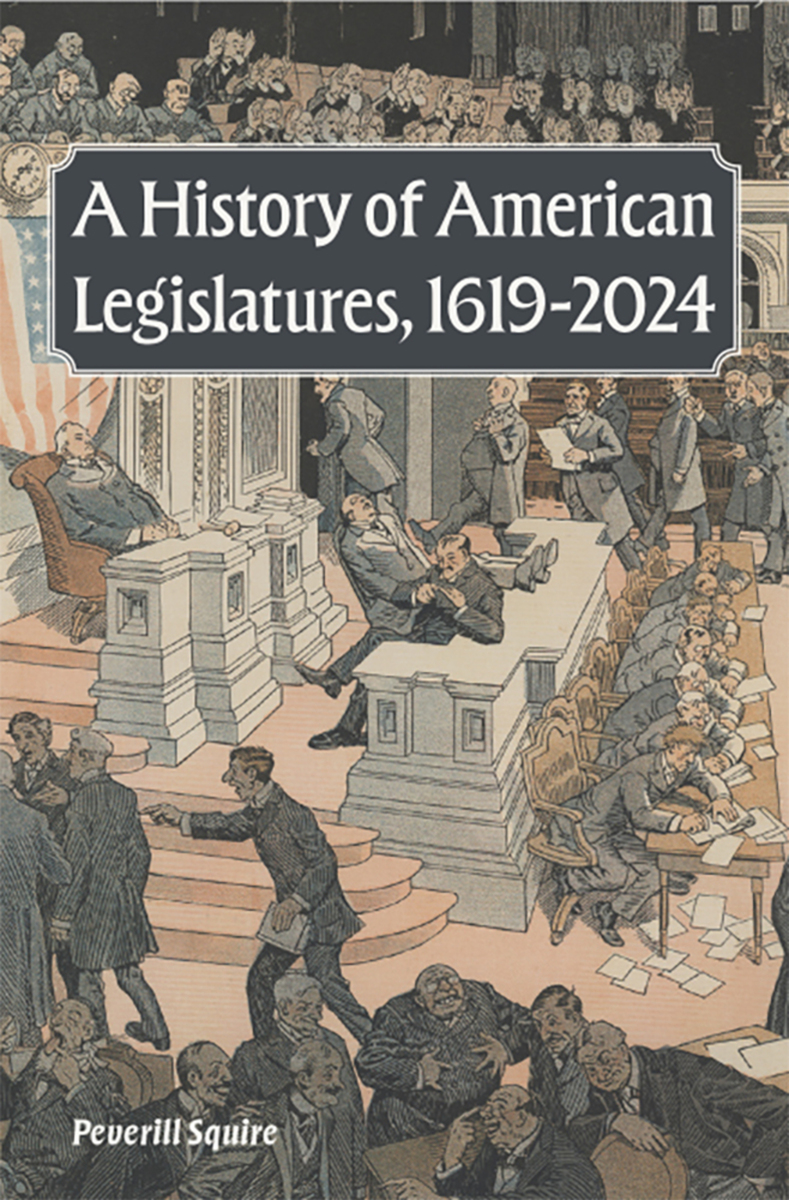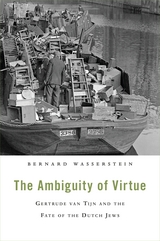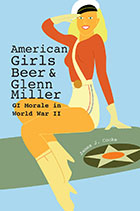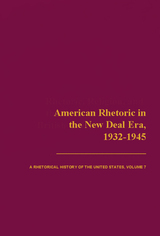A History of American Legislatures, 1619-2024
University of Missouri Press, 2026
Cloth: 978-0-8262-2350-0 | eISBN: 978-0-8262-7531-8
See other books on: American Legislatures | Legislative Branch | National | Squire, Peverill | State
See other titles from University of Missouri Press
Cloth: 978-0-8262-2350-0 | eISBN: 978-0-8262-7531-8
ABOUT THIS BOOK | AUTHOR BIOGRAPHY
ABOUT THIS BOOK
What might members of the first Virginia assembly think if they could visit the contemporary Virginia House of Delegates? The air-conditioned chamber would stun them, and they would surely be astonished by the diversity of the current membership. But would the legislative process itself seem odd?
The answer is no, as they would find the way the modern legislature goes about its work surprisingly familiar. The use of committees would not come as a shock because the lawmakers in 1619 created two of them on the first day that their assembly met. Similarly, they would be comfortable with the basic procedures used to structure decision making because current legislators still rely on parliamentary rules such as addressing remarks to the presiding officer and requiring bills to be read three times.
This thought experiment highlights that, while clear differences emerged among American legislatures over four centuries, not everything changed. In his latest work, Peverill Squire demonstrates that we can trace an (almost) uninterrupted path from that first assembly in Virginia in 1619 to the contemporary Virginia General Assembly, and to the U.S. Congress and the other forty-nine state legislatures.
Peverill Squire presents a concise yet comprehensive history of American legislatures covering their more than four-hundred-year existence. The text is broad and accessible, and he does not examine any one type of legislature in isolation because colonial, national, state, and territorial bodies all contributed to the developmental process. Accordingly, the book’s chapters examine discrete legislative topics rather than historical eras.
The answer is no, as they would find the way the modern legislature goes about its work surprisingly familiar. The use of committees would not come as a shock because the lawmakers in 1619 created two of them on the first day that their assembly met. Similarly, they would be comfortable with the basic procedures used to structure decision making because current legislators still rely on parliamentary rules such as addressing remarks to the presiding officer and requiring bills to be read three times.
This thought experiment highlights that, while clear differences emerged among American legislatures over four centuries, not everything changed. In his latest work, Peverill Squire demonstrates that we can trace an (almost) uninterrupted path from that first assembly in Virginia in 1619 to the contemporary Virginia General Assembly, and to the U.S. Congress and the other forty-nine state legislatures.
Peverill Squire presents a concise yet comprehensive history of American legislatures covering their more than four-hundred-year existence. The text is broad and accessible, and he does not examine any one type of legislature in isolation because colonial, national, state, and territorial bodies all contributed to the developmental process. Accordingly, the book’s chapters examine discrete legislative topics rather than historical eras.
See other books on: American Legislatures | Legislative Branch | National | Squire, Peverill | State
See other titles from University of Missouri Press












